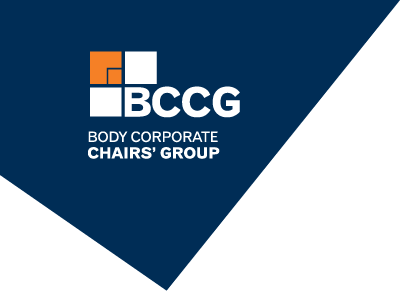Court Ruling gives guidance for BC Committee decisions
This month, law firm Glaister Ennor highlighted on their website that the recent court decision in the Body Corporate 324525 v Stent case provides some guidance in the matter of committee vs body corporate decisions. Their article has been reproduced below with their permission.
Committee Decision making?
There is very little detail on how body corporate committees are to conduct meetings, make decisions, exercise delegated powers, and perform delegated duties in either the Unit Titles Act 2010 or the Unit Titles Regulations 2011. Committee decision-making is simply described in s 113 of the UTA as requiring a simple majority of votes. Regulation 27 of the UTR provides limited guidance on how a committee is to conduct its business.
A recent decision in the long-running litigation relating to the Bridgewater Bay Apartments in Paihia (Body Corporate 324525) provide some useful guidance on Committee decision-making under delegated authority.
Body Corporate 324525 v Stent [2017] NZHC 2857 (Stent No. 2) follows on from the earlier decision in Body Corporate 324525 v Stent (2016) 18 NZCPR 176 (Stent No. 1), which we discussed in our December 2016 Body Corporate Update. The decisions relate to unpaid levies owed by five unit owners. The defendants in these cases are the same as the plaintiffs in the Wheeldon and Butcher proceedings.
The Body Corporate's claim related to five special levies raised in the course of liable party proceedings and remedial works. The defendants attacked the validity of the Body Corporate's decisions and sought damages for harmful publicity and negligence.
Of the five levies, the Body Corporate raised one levy at an EGM. The Body Corporate Committee raised three levies, which were subsequently ratified by the Body Corporate at an EGM. The Committee also raised the final levy under delegated authority only.
The Court held that all levies apart from the final levy raised by the Committee and not ratified were valid. The Body Corporate's claim in respect of the final levy was dismissed. The Body Corporate failed on this final levy because the decision to raise the levy was purported to have been made via email exchange where the emails did not include the text of any proposed motion, had conditional responses, and the resolution was not recorded in writing.
Valuable points to take away from Stent No. 2 are that:
- body corporate committees can pass (binding) resolutions without holding a committee meeting if the committee follows the procedures in ss 104 and 109 of the UTA; and
- if a body corporate generally delegates its powers and duties to its committee, including the power to enter into obligations, reg 17 of the UTR applies to the committee, not the body corporate.
So, as a general rule, committee decisions should follow the same pattern as body corporate decisions - there should be an agenda/written notice of proposed motions, a record of the vote, and a record of the resolution passed. For a committee to pass a resolution without holding a meeting:
- there must be an agenda/written notice of the proposed motion;
- responses from committee members must be received and collated;
- responses from committee members must not be equivocal or conditional; and
- there must be a written record of the resolution passed.
As a footnote, a subsequent decision, Body Corporate 324525 v Stent [2017] NZHC 2948 (Stent No. 3) recalls part of Stent No. 2and allows the Body Corporate's claim in respect of the final levy after evidence of ratification at the Body Corporate's annual general meeting was produced.
Article written by Vicki Toan | Partner | Glaister Ennor



















